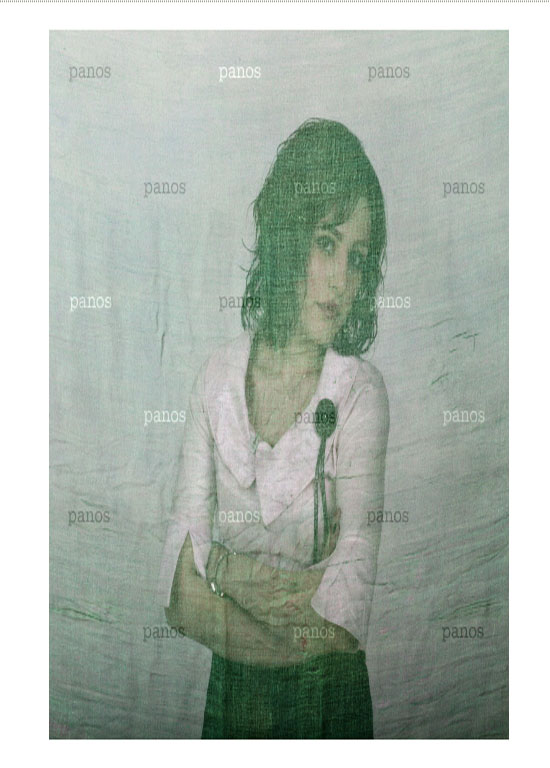The Hijab, a headscarf worn by Muslim women in the presence of men they are not closely related to, divides opinion both in Muslim countries and in secular countries which Muslims call home. In the Islamic Republic of Iran, where Shia Islam has become the very raison d'être of the current state following the Islamic Revolution of 1979, the wearing of an approved form of head covering for women is relatively strictly enforced, regardless of the level of religious observance a woman may adhere to at home. So called Basij, or members of the 'Organization for Mobilization of the Oppressed', a volunteer citizens militia, roam the streets of Tehran and other Iranian cities, monitoring religious observance and clamping down on such illegal activities as fraternising between unmarried couples and the ownership of satellite dishes.Improper dress code, including insufficient coverage of head, shoulders and chest of women in public is officially illegal and can incur arrest and heavy fines. Though Iran's new president, Hasan Rohani, who is seen by many as a moderate and a reformer, has said publicly that guidance on women's dress code should be encouraged through education rather than enforced by the police, secular Iranian women continue to face censure for insufficiently modest dress. Hossein Fatemi met 20 women, some of whom wear the Hijab voluntarily, and photographed them through their veils, giving a rare insight into the private spheres of Iranian women, many of whom are not allowed to appear in public how they want to.(panos.co.uk)ANN.Az
Veiled Truths in Iran - PHOTO
World
13:30 | 22.01.2014

Veiled Truths in Iran - PHOTO
by Hossein Fatemi
Follow us !










